Throughout the natural world, migration stands as one of the most awe-inspiring phenomena, with billions of creatures undertaking epic journeys across land, sea, and air. These regular mass movements connect distant ecosystems and represent remarkable feats of navigation and endurance. Yet amid these predictable patterns, scientists have documented alarming cases where migratory species have mysteriously vanished or drastically declined during their journeys. These disappearances represent some of nature’s most perplexing mysteries, challenging our understanding of ecology and raising critical questions about the invisible threats facing wildlife in our rapidly changing world. From insects to mammals, birds to marine life, these mysterious vanishing acts have left researchers scrambling for explanations and conservationists racing against time to prevent further losses.
The Vanishing Monarch Butterfly Migration

Perhaps no migration disappearance has captured public attention like the dramatic decline of North America’s monarch butterflies. These iconic orange and black insects once darkened the skies during their multi-generational migration spanning thousands of miles between Canada and Mexico. In the 1980s, an estimated billion monarchs made this remarkable journey, with overwintering colonies in Mexico covering up to 45 acres of forest. Today, those numbers have plummeted by over 80%, with recent winter colonies occupying less than two acres. Scientists have identified multiple culprits, including widespread elimination of milkweed habitat due to agricultural practices, climate change disrupting migration timing, and increased pesticide use. What makes this disappearance particularly mysterious is that despite conservation efforts, including widespread milkweed replanting initiatives, monarch populations continue to struggle, suggesting additional undiscovered factors may be at play in their decline.
The Silent Vanishing of Pacific Salmon
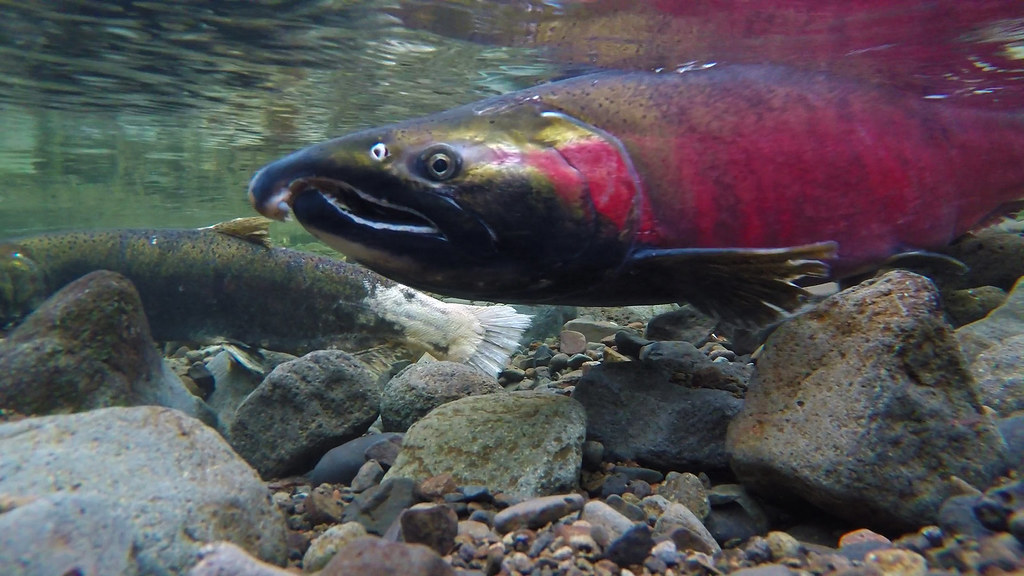
Pacific salmon species, including Chinook, sockeye, and coho, have experienced alarming disappearances during their ocean migrations that have baffled scientists for decades. These fish hatch in freshwater streams, migrate to the ocean to mature, and then navigate back to their exact birthplace to spawn and die—a journey spanning thousands of miles. In recent years, millions of salmon have simply vanished during the ocean phase of their migration, with some populations experiencing 60-90% losses between ocean entry and expected return. What makes these disappearances particularly mysterious is that they’re occurring in the vast, relatively unmonitored open ocean, making it difficult to pinpoint exact causes. While warming oceans, changing food webs, and predation are suspected factors, the precise mechanisms remain elusive. Some scientists theorize that “ocean deserts”—expanding areas of nutrient-poor water—may be developing along migration routes, creating deadly gaps in food availability.
The Puzzling Case of Disappearing European Eels
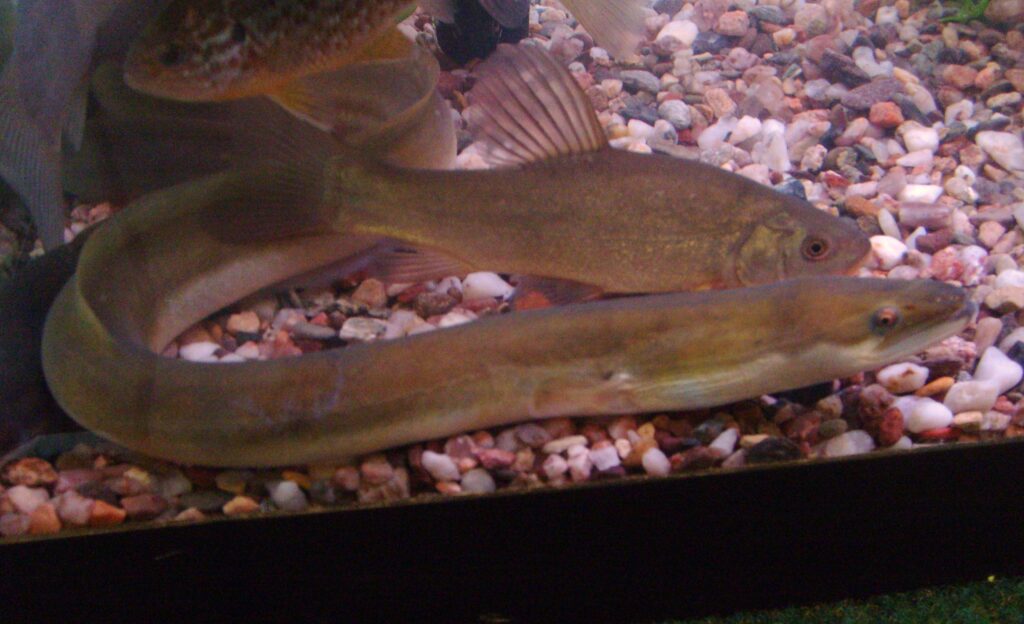
European eels undertake one of the most extraordinary migrations in nature, yet their numbers have collapsed by over 95% since the 1980s in one of zoology’s most baffling mysteries. These snake-like fish begin life in the Sargasso Sea near Bermuda before drifting on ocean currents toward European waters, where they mature in rivers and lakes for up to 20 years. When ready to reproduce, they embark on a 3,000-mile return journey to spawn in the same deep-sea location where they were born. Remarkably, no one has ever witnessed European eels spawning in the wild, and their ocean migration routes remain largely theoretical. The catastrophic population crash has multiple suspected causes, including illegal trafficking (eel is considered a delicacy in some cultures), hydroelectric dams blocking migration routes, parasites, and pollution. Perhaps most mysterious is the possibility that changing ocean currents due to climate change may be disrupting their ability to complete their ancient migration cycle, with larvae unable to reach European shores.
The Missing Storks of Northeastern Europe
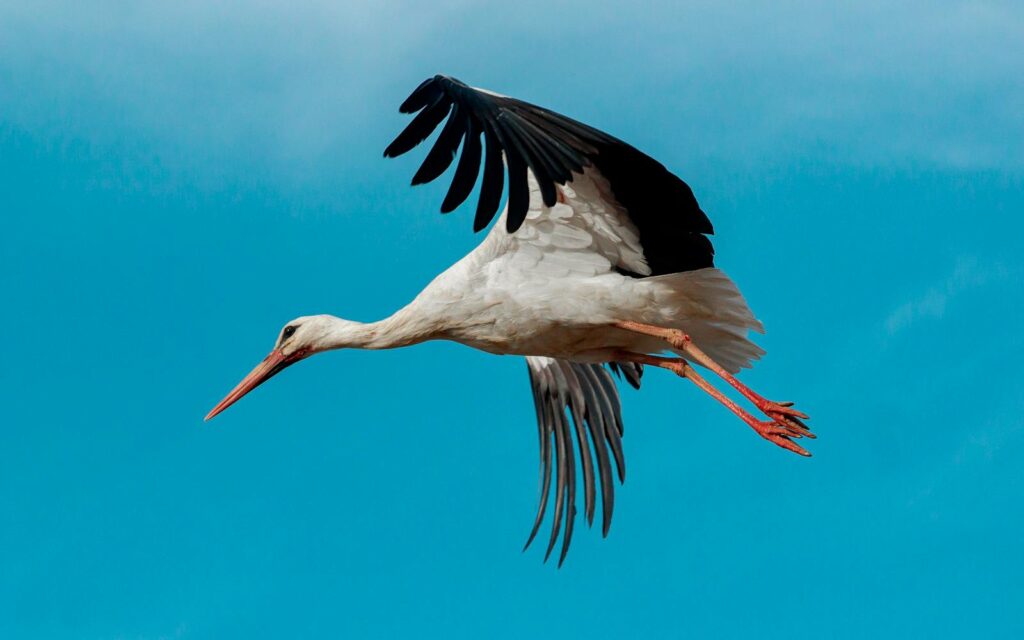
White storks have captured human imagination for centuries with their dramatic migrations between Europe and Africa, but in recent decades, scientists have documented puzzling disappearances along their eastern flyway. Historically, hundreds of thousands of these elegant birds would travel through the Middle East on their journey to East Africa, creating spectacular gatherings visible from great distances. Since the early 2000s, however, monitoring stations in Lebanon, Israel, and Jordan have reported dramatic decreases in stork numbers, with some traditional stopover sites seeing 70-80% fewer birds despite stable breeding populations in source countries. Radar tracking and satellite studies have added to the mystery, showing that many birds begin their migration but never reach traditional counting stations. While illegal hunting along migration routes is a documented threat, the scale of disappearances suggests additional factors. Some researchers theorize that changing wind patterns and desertification of traditional stopover sites may be forcing storks to attempt dangerous alternative routes over open water, leading to mass drownings that go undetected.
The Silent Disappearance of Nautical Moths
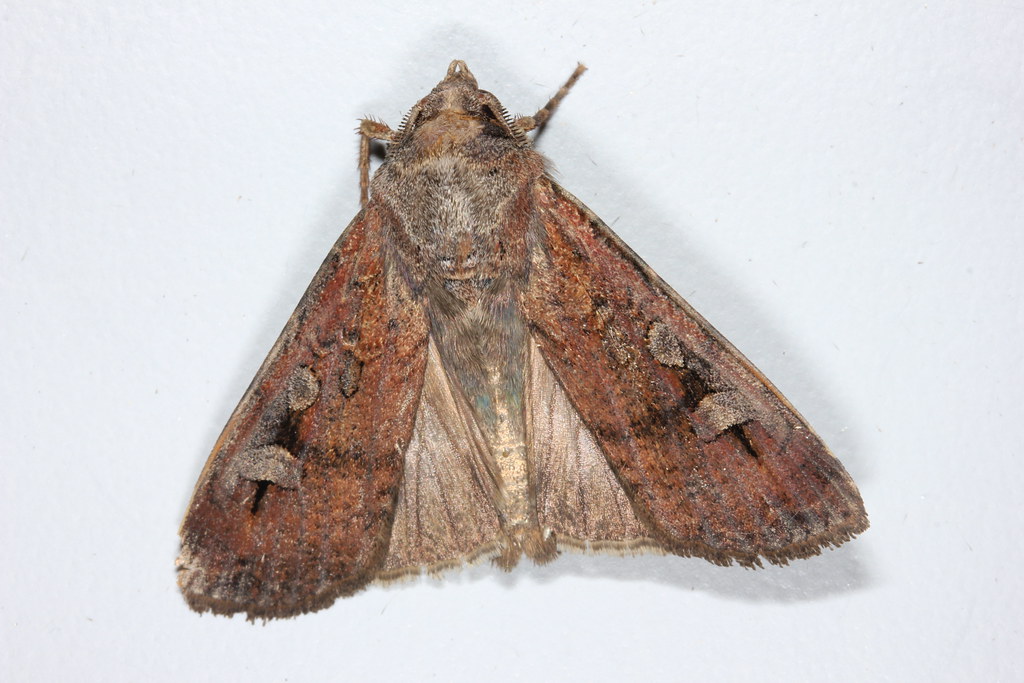
Bogong moths of Australia undertake one of the insect world’s most impressive migrations, yet their recent mass disappearance represents one of entomology’s most perplexing modern mysteries. These unremarkable-looking brown moths emerge from the Australian plains each spring and fly hundreds of miles to the cool alpine caves of the Great Dividing Range, where they estivate (the summer equivalent of hibernation) in astonishing numbers—historically up to 17,000 moths per square meter of cave wall. This migration has occurred reliably for thousands of years, providing a critical food source for mountain ecosystems, particularly the endangered mountain pygmy possum. In 2017, scientists noted dramatically reduced moth numbers in the caves, and by 2018, the moths had virtually disappeared, with some traditional caves empty. The disappearance happened so rapidly that researchers are still struggling to identify clear causes, though severe drought affecting larval development, light pollution disrupting navigation, and pesticide use in agricultural areas are all suspected contributors. The cascading effects on alpine ecosystems have been immediate and severe, threatening multiple dependent species.
The Vanishing Act of Red Knot Shorebirds
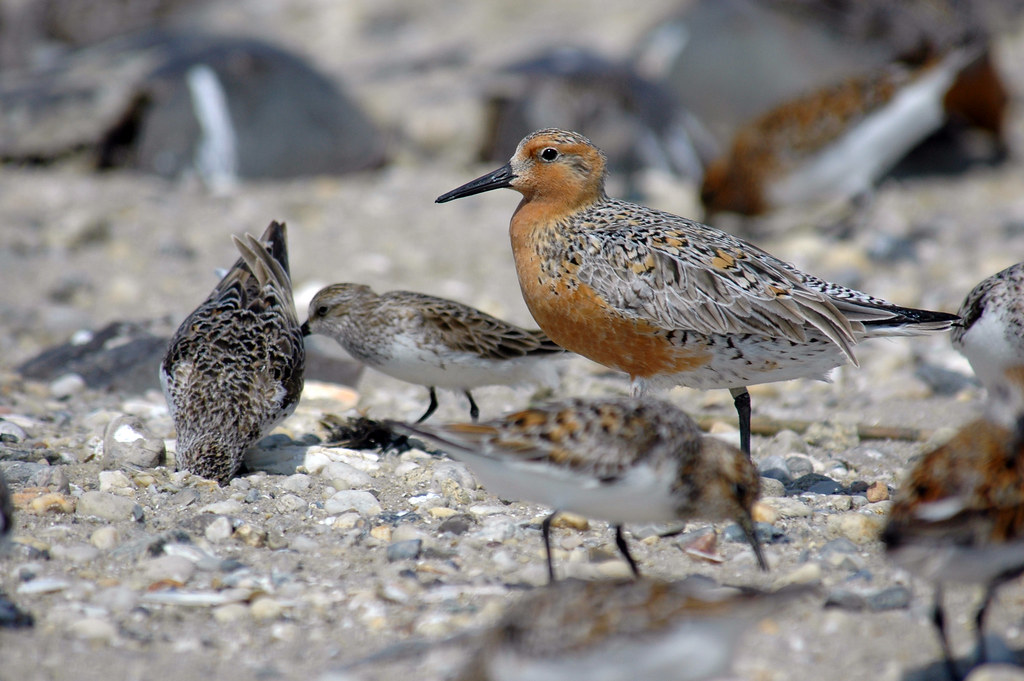
The rufa red knot, a robin-sized shorebird, performs one of the longest migrations on Earth, traveling over 9,000 miles from the Arctic Circle to the southern tip of South America. This remarkable journey requires precise timing and critical refueling stops, most famously on Delaware Bay, where the birds gorge on horseshoe crab eggs to nearly double their body weight before continuing their journey. In the early 2000s, scientists documented an alarming phenomenon—flocks of red knots would depart from well-monitored stopover sites but never arrive at their next expected location. Between 2000 and 2004, nearly 70% of the population seemingly vanished during migration, dropping from 60,000 birds to fewer than 18,000. While horseshoe crab overharvesting at Delaware Bay was initially blamed, the mystery deepened when populations continued declining despite protective measures. Recent research suggests climate-driven mismatches in timing may be occurring, with birds arriving at traditional feeding grounds after food sources have peaked or disappeared. Equally concerning, changing wind patterns along migration routes may be forcing birds to expend more energy during flight, causing exhaustion and ocean drownings during their epic journey.
The Disappearing North Atlantic Right Whales
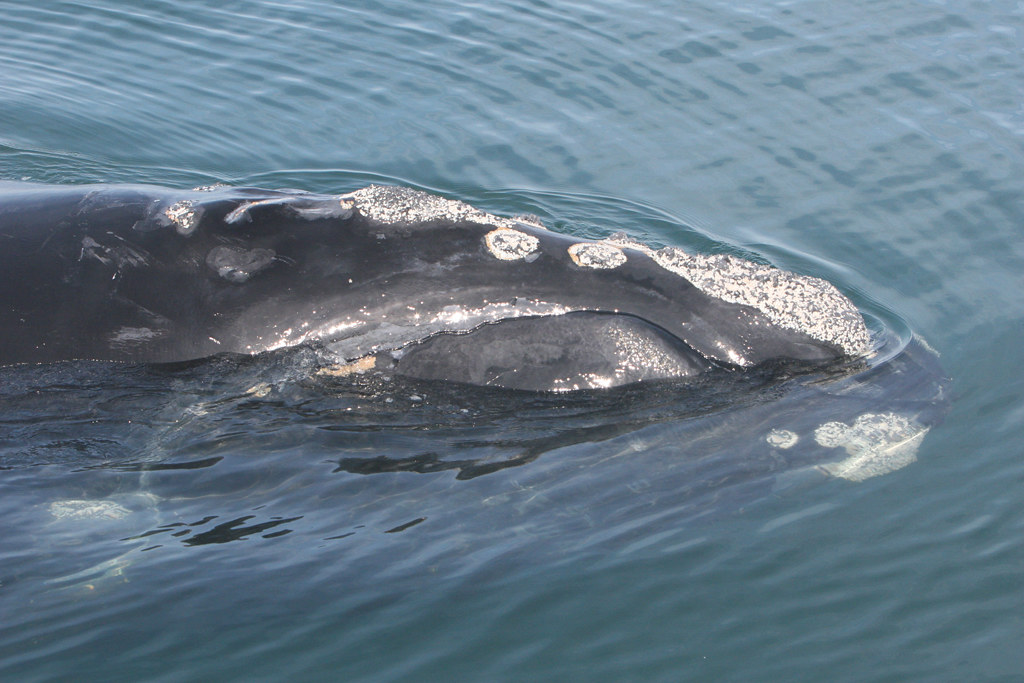
North Atlantic right whales undertake seasonal migrations between calving grounds off Florida and Georgia to feeding areas in the Gulf of Maine and Canada’s Bay of Fundy. With fewer than 350 individuals remaining, these massive mammals are among the world’s most endangered large whales, and their migration has become increasingly perilous and mysterious. Since 2017, scientists have documented an unusual shift in their traditional migration patterns, with whales disappearing from long-established feeding grounds and appearing unexpectedly in the Gulf of St. Lawrence, where many have died from ship strikes and fishing gear entanglements. What makes this situation particularly mysterious is that some tracked whales simply vanish during migration—their satellite tags stop transmitting, and the whales are never seen again. Researchers suspect that climate change is altering the distribution of copepods, the whales’ primary food source, forcing them to explore new and potentially more dangerous waters. The disappearance of reproductive-age females has been especially pronounced, creating a demographic crisis that threatens the species’ survival.
The Missing Dragonfly Migration
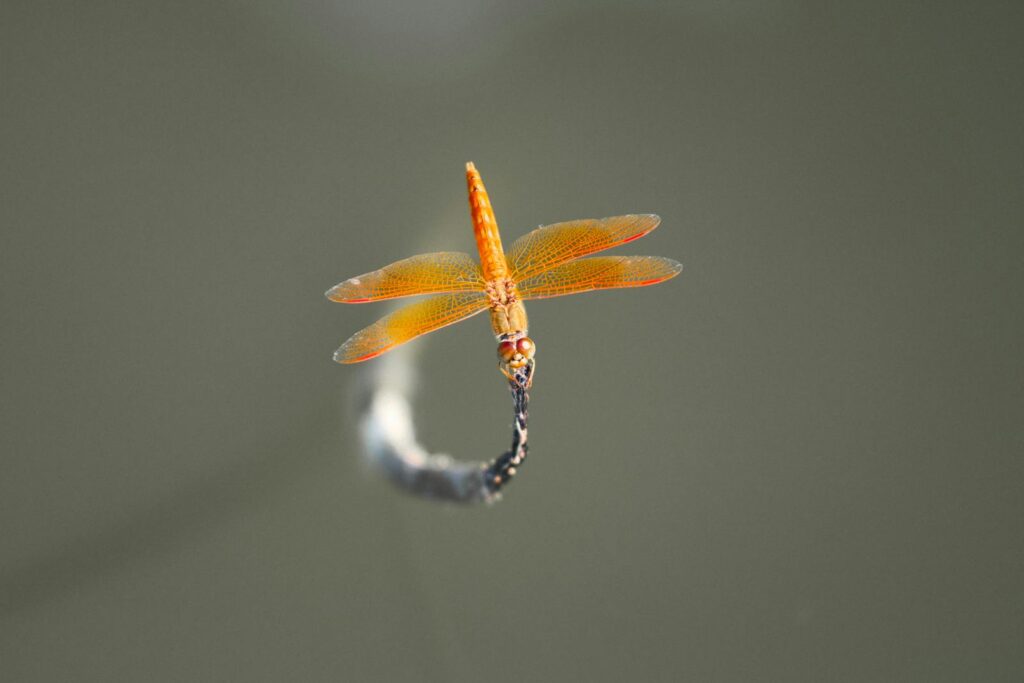
The globe skimmer dragonfly holds the distinction of making the longest insect migration ever recorded, with evidence suggesting these lightweight aerial predators complete a multi-generational circuit between India, the Maldives, East Africa, and back—a round trip of approximately 11,000 miles across the Indian Ocean. This remarkable feat was only confirmed in 2009, and scientists are still working to understand the mechanisms that allow these insects to navigate across vast open waters. Alarmingly, monitoring stations in the Maldives have reported significant gaps in the expected arrival of migrating dragonflies since 2018, with some seasonal pulses missing entirely. The mysterious nature of these disappearances is compounded by the recency of our understanding of the migration itself—scientists are still establishing baseline data while simultaneously trying to document and explain the apparent collapse. Hypotheses include changing monsoon patterns affecting the formation of prevailing winds that assist their ocean crossing, increased pesticide use in agricultural areas along their route, and potential disruptions to the ephemeral wetlands where they reproduce during various stages of their journey.
The Great Wildebeest Mystery
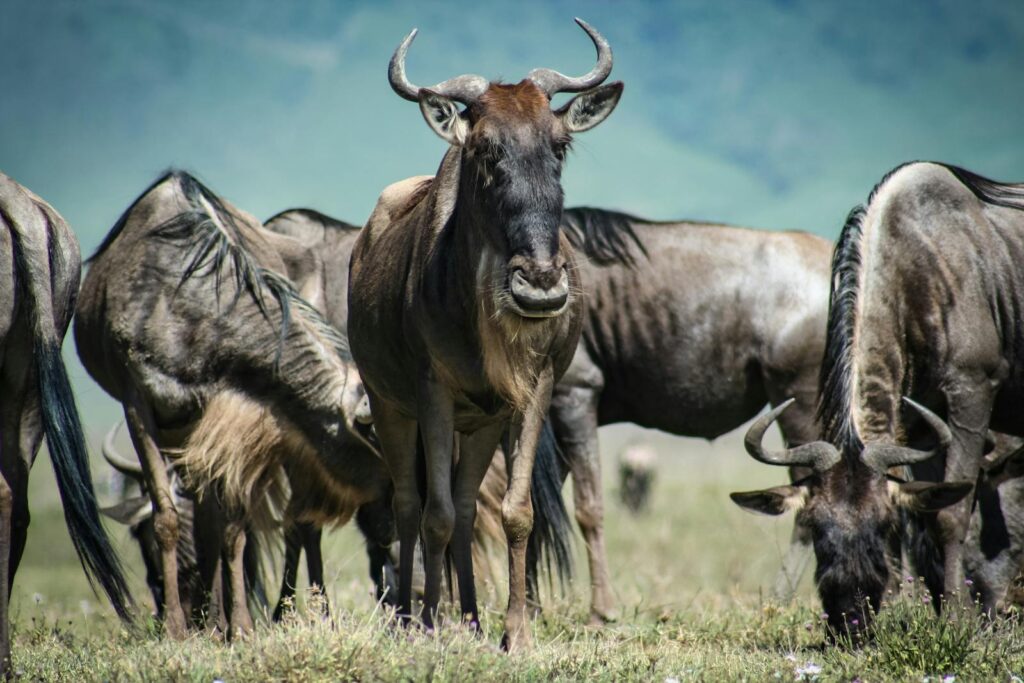
The annual migration of 1.5 million wildebeest across the Serengeti-Mara ecosystem represents one of nature’s greatest spectacles and the largest terrestrial mammal migration on Earth. These massive herds follow seasonal rains in a circular pattern through Tanzania and Kenya, famously dramatically crossing crocodile-filled rivers. While this migration continues today, researchers have documented troubling anomalies that suggest mysterious disruptions to this ancient pattern. Historical records and oral histories indicate that secondary migration routes once existed, with significant wildebeest populations moving along corridors that have now fallen silent. Particularly concerning is the disappearance of the Loita Plains migration—a separate wildebeest population that once numbered approximately 150,000 animals but has declined by over 80% since the 1970s. While habitat fragmentation from human development explains some losses, researchers have identified unexplained “vanishing events” where satellite-tracked animals disappear from monitored groups during migration. Theories include undocumented poaching operations, disease outbreaks in specific migration corridors, and increasingly unpredictable rainfall patterns disrupting the cues that trigger and direct movement.
The Puzzling Plight of Loggerhead Turtles

Loggerhead sea turtles undertake one of the animal kingdom’s most impressive navigational feats, with hatchlings entering the ocean to begin a decades-long migration before returning to nest on the very beaches where they were born. For years, conservationists celebrated increasing numbers of protected nests on beaches in the southeastern United States, suggesting a recovery of this threatened species. Yet mysteriously, researchers began documenting a troubling pattern around 2010—while nesting activity remained stable or increased, the number of juvenile and sub-adult turtles in critical developmental habitats began to decline precipitously. In some monitored areas of the Florida coast, juvenile turtle populations have dropped by over 40% despite robust hatching rates years earlier. This “lost generation” phenomenon suggests that turtles are disappearing during their offshore migration years. Theories include increased interactions with commercial fishing operations beyond territorial waters, warming ocean temperatures disrupting the Atlantic current systems that young turtles rely on for transport, and potential shifts in predation patterns affecting survival rates. Without understanding exactly where and why these turtles are vanishing, conservation efforts focused solely on nesting beaches may be insufficient to ensure the species’ long-term survival.
The Case of the Missing Songbirds
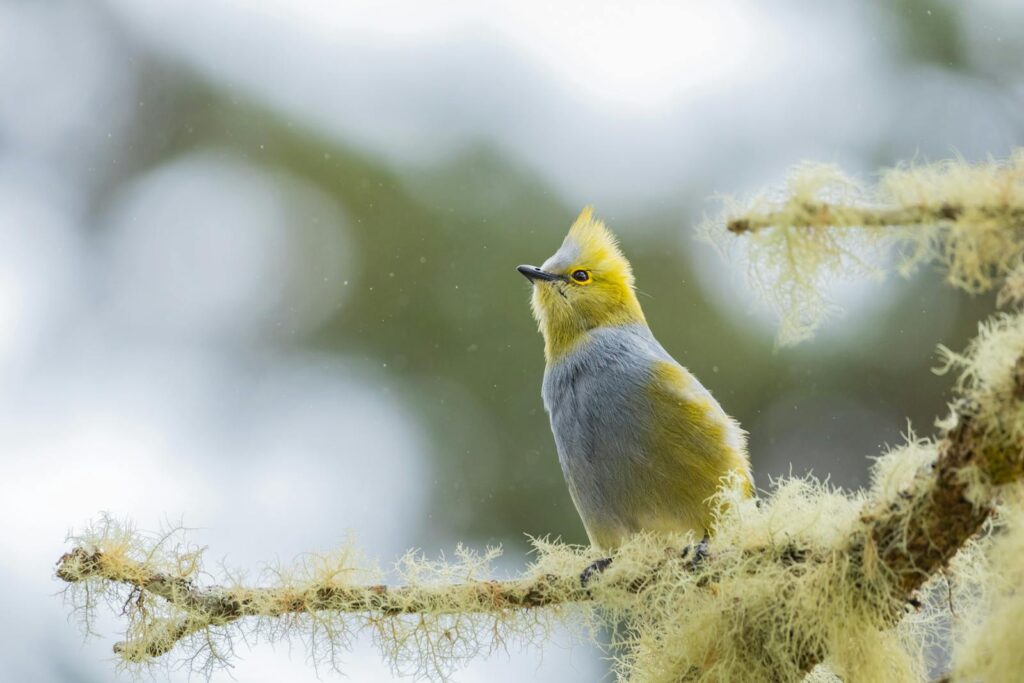
Each spring and fall, billions of songbirds migrate between breeding grounds in North America and wintering territories in Central and South America, many traveling nonstop over the Gulf of Mexico in an astonishing feat of endurance. Since the mid-1970s, scientists have documented troubling population declines among these neotropical migrants, with some species losing more than 70% of their numbers. What makes these disappearances particularly mysterious is that they’re happening across diverse species with different habits and habitat requirements. Long-term radar studies from the Gulf Coast have revealed a puzzling pattern—the number of birds detected departing on trans-Gulf migrations significantly exceeds those detected arriving on the opposite shore, suggesting mass mortality events occurring over open water. Researchers have identified several potential explanations, including the proliferation of communication towers and tall buildings along migration routes, increasing frequency and intensity of storms during migration periods, and light pollution disorienting birds during night flights. Perhaps most concerning is evidence that subtle changes in the timing of seasonal transitions may be creating ecological traps, where birds arrive at traditional stopover sites after peak food availability has passed.
The Vanishing Southern Right Whale Calves
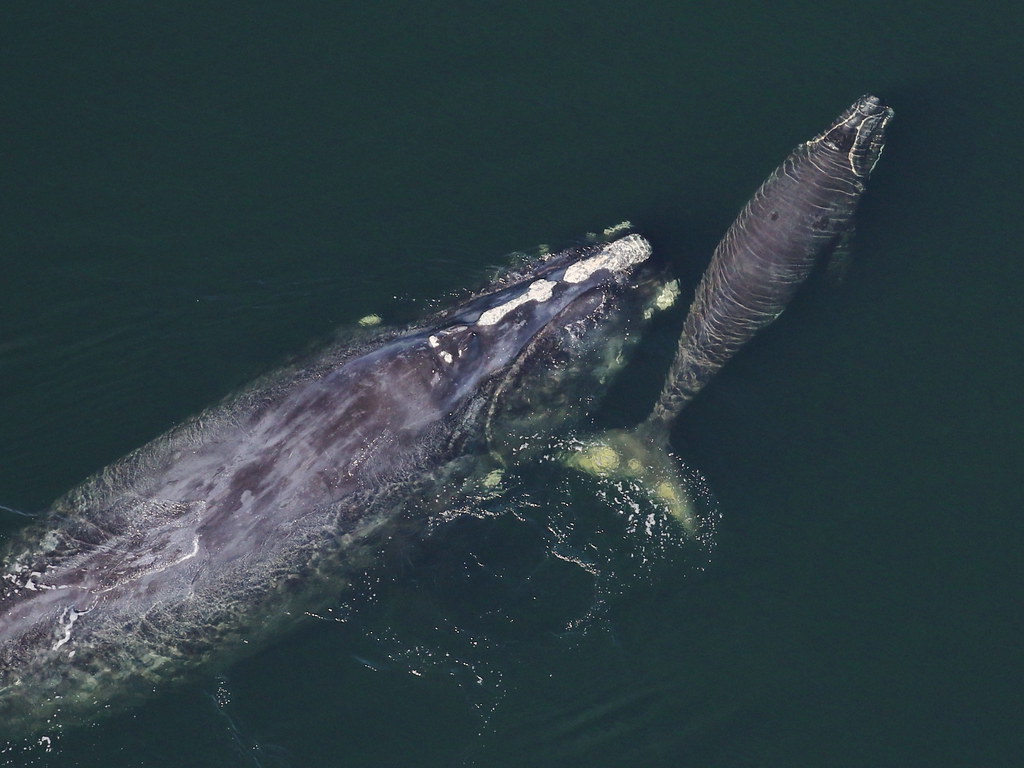
Southern right whales undertake annual migrations between feeding grounds in Antarctica and calving areas in the protected bays of Argentina, South Africa, and Australia. These massive mammals were nearly hunted to extinction but showed promising recovery until scientists began documenting a bizarre and alarming phenomenon at Argentina’s Peninsula Valdés. Between 2007 and 2013, researchers recorded over 600 whale calf deaths in this single location—an unprecedented mortality rate representing nearly 90% of all calves born in some years. The mysterious mass die-off occurred only in this specific location despite seemingly identical conditions at other calving grounds. After exhaustive investigation, scientists identified a perfect storm of factors: blooms of toxic algae affecting milk quality, unprecedented attacks by kelp gulls that had learned to feed on whale skin, and potential biotoxin accumulation in the Antarctic feeding grounds. Most mysterious was the abrupt cessation of deaths after 2013, with mortality rates returning to normal levels despite no obvious changes in environmental conditions. Some researchers theorize that surviving whales may have altered their migration patterns to avoid the deadly bay, effectively “disappearing” from traditional calving grounds in favor of undocumented locations, creating new mysteries for whale researchers to solve.
The Future of Migration Mysteries
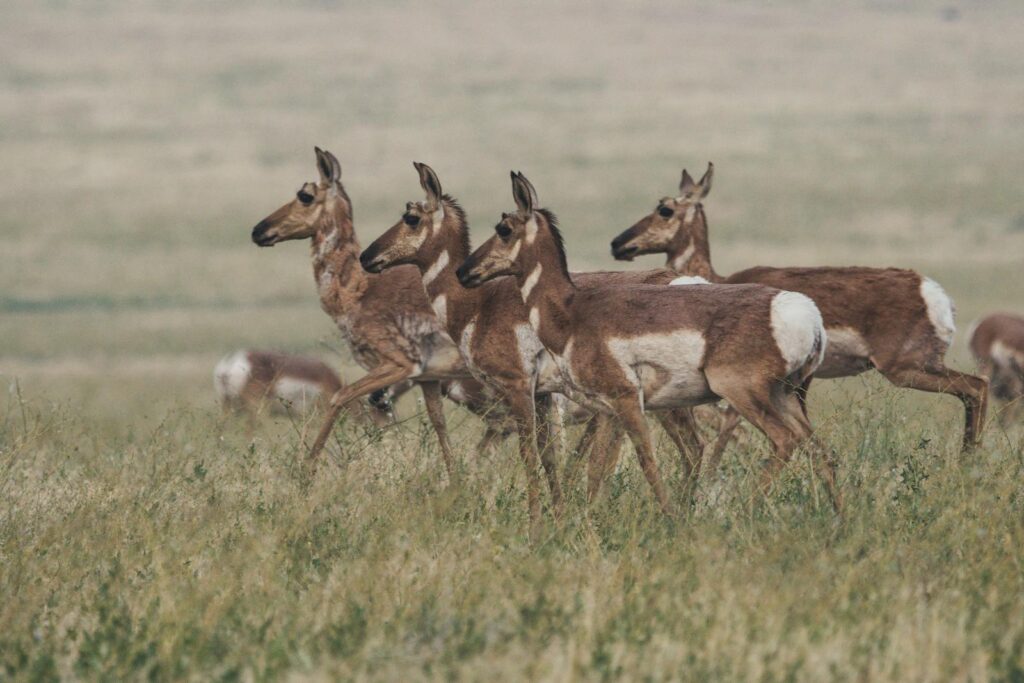
As climate change accelerates and human development continues to fragment natural landscapes, scientists anticipate that mysterious migration disappearances will likely increase in frequency and scale. These vanishing acts represent one of conservation biology’s most significant challenges, as protecting species requires understanding their full life cycles and migration routes. Emerging technologies offer new hope for solving these mysteries, with miniaturized tracking devices, environmental DNA sampling, and machine learning algorithms helping researchers follow animals across previously unmonitorable distances. International collaboration has also proven crucial, as migratory species frequently cross political boundaries and require coordinated conservation efforts spanning multiple countries. Perhaps most encouraging is the growing public awareness of these migration mysteries, with citizen science projects allowing ordinary people to contribute valuable observations that help track population trends and identify new disappearances before they become catastrophic. As one researcher poignantly noted, “Migration isn’t just about the journey or the destination—it’s about the connections that bind our planet together. When migrations disappear, we lose more than just species; we lose the living threads that stitch ecosystems together across vast distances.”
These mysterious migration disappearances represent some of nature’s most profound unsolved puzzles. They highlight the complexity of natural systems and the often invisible threats that can disrupt ecological processes that have evolved over millions of years. As we continue to document and investigate these vanishing acts, we gain not only scientific knowledge but also a deeper appreciation for the fragility and resilience of life on our planet. Through continued research, conservation action, and public engagement, there remains hope that many of these mysteries can be solved in time to reverse the disturbing trends of disappearance before these ancient migrations are lost forever.
